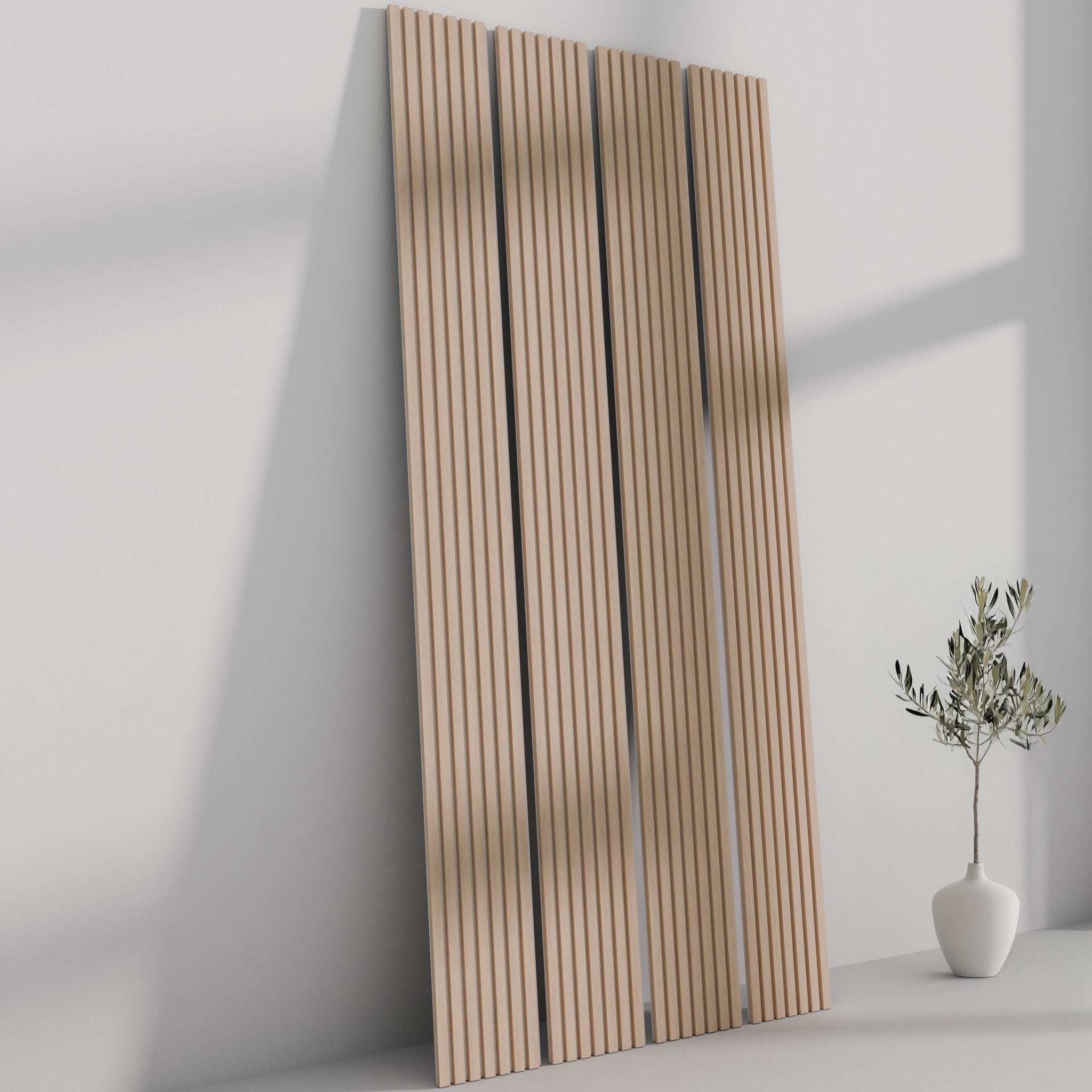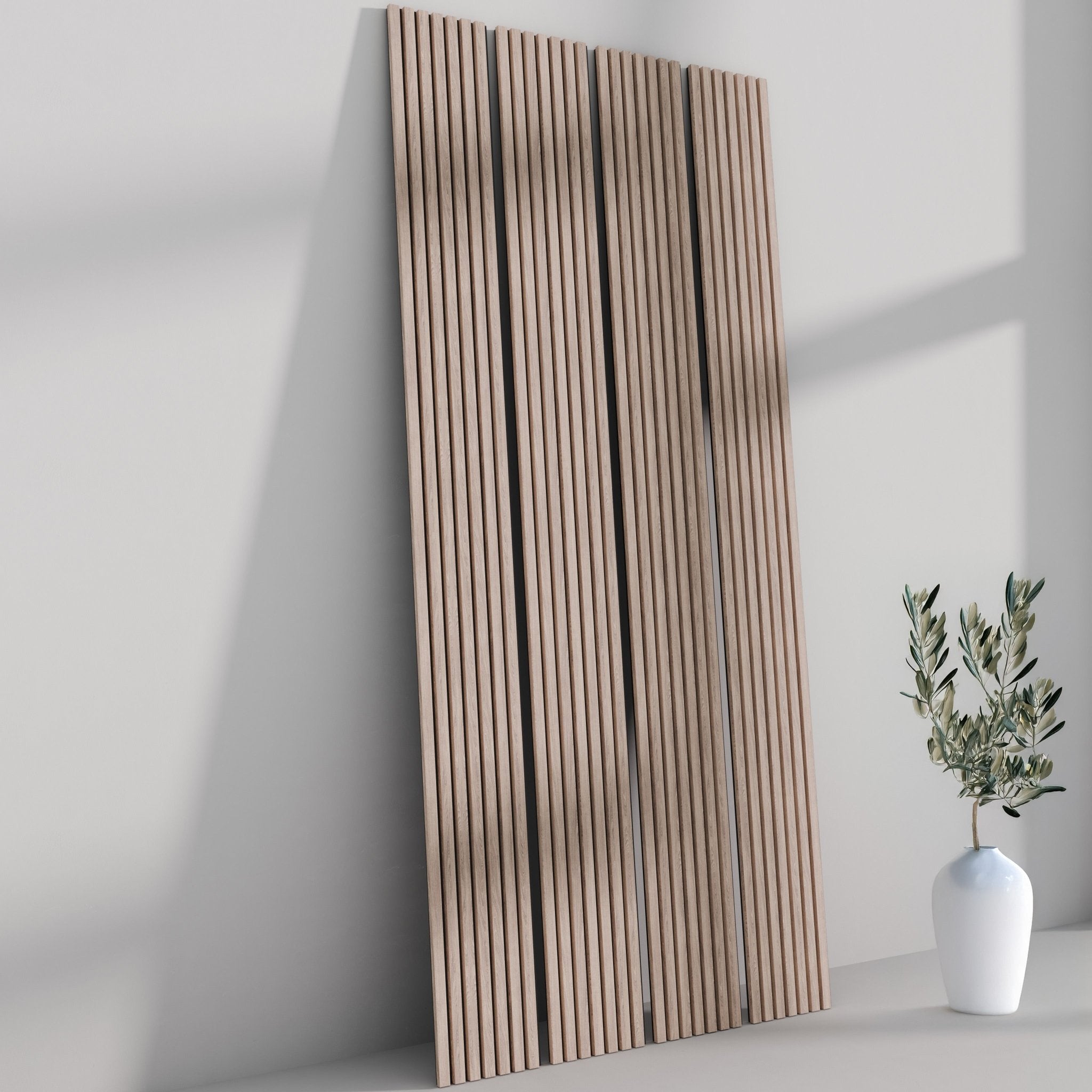Introduction
Wood slat acoustic panels are not only excellent for improving room acoustics but are also a visual delight, adding warmth and character to any space. One of the key decisions you'll face when opting for wood slat acoustic panels is choosing the right type of wood. The type of wood you choose can influence both the effectiveness of the panel's acoustic properties and its aesthetic appeal. This article aims to guide you through the factors to consider when selecting the perfect wood type for your acoustic panels.
Sound Absorption Qualities
Softwoods
Softwoods like pine, spruce, and cedar are generally lighter and less dense, which makes them good at absorbing higher frequency sounds. However, they are less effective at managing lower frequencies.
Hardwoods
On the other hand, hardwoods like oak, maple, and mahogany have higher densities, making them effective at controlling a broader range of frequencies.
Consider the Space
Depending on the room's purpose—a recording studio, a home theater, an office—you might need to focus on absorbing specific frequencies. Choose your wood type accordingly.
Aesthetic Preferences
Color and Grain
Different woods offer various colors and grain patterns. For instance, mahogany provides a rich, dark hue, while maple is lighter and often has a more subtle grain.
Finish
The type of wood you choose can also affect how well it takes to different finishes—paint, stain, or varnish. Make sure to consider this aspect, especially if you have a specific look in mind.
Durability and Maintenance
Resistance to Wear
Hardwoods are generally more resistant to wear and tear compared to softwoods, making them ideal for high-traffic areas.
Maintenance Needs
Some woods are more prone to warping or are sensitive to changes in humidity. Make sure you're prepared for the maintenance requirements of the wood you choose.
Cost Considerations
Budget
Hardwoods are generally more expensive than softwoods. It's crucial to balance your budget with your acoustic and aesthetic needs.
Availability
The cost can also be influenced by the wood’s availability. Local woods are often less expensive than exotic, imported types.
Sustainability
Make sure to check whether the wood is sustainably sourced. Look for certifications like FSC (Forest Stewardship Council) to ensure that your choice is eco-friendly.
Conclusion
Choosing the right wood type for your acoustic panels is a multifaceted decision involving various factors, from acoustic properties to aesthetics, durability, and cost. By understanding the nuances of different wood types and considering the specific needs of your space, you can make a more informed choice that will serve you well in both function and form.

























